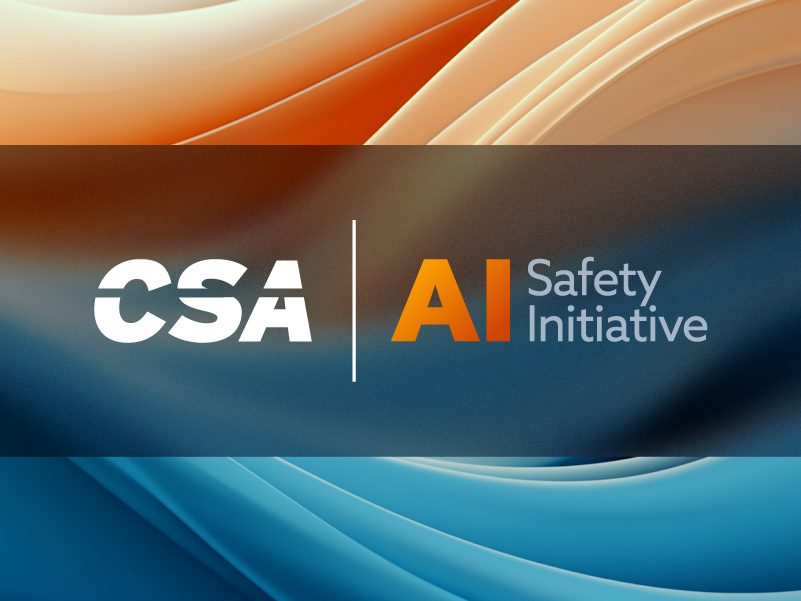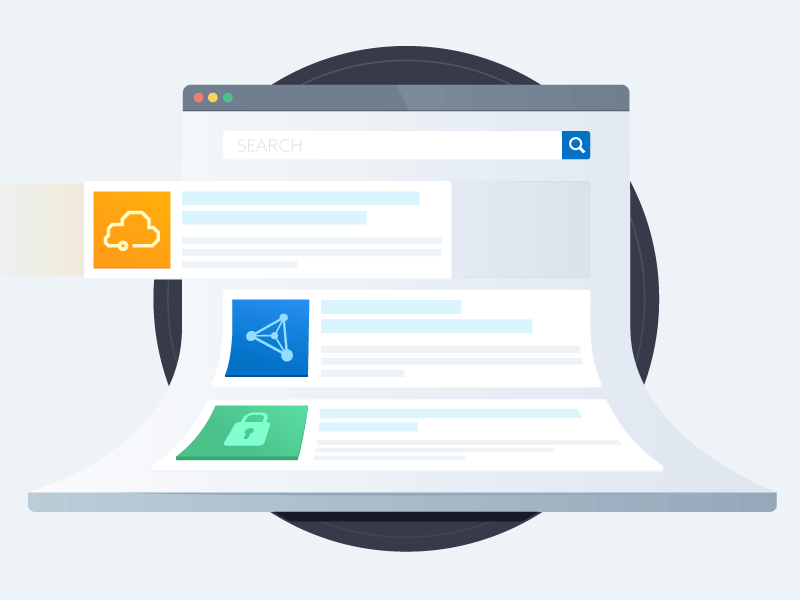What Comedy Can Tell Us About AI and Big Data
Published 03/06/2025
Originally published by CXO REvolutionaries.
Written by Jay Patty, CTO in Residence, Zscaler.
- Knock, Knock.
- Who’s there?
- Data.
- Data who?
- Data gonna help us stop the next cyber-attack, thanks to telemetry and analytics
Corny, right? Well, sometimes, the easiest way to unpack complexity is through humor. Think about it: what’s funnier (or scarier) than watching John Oliver skewer data brokers or the runaway success of ransomware actors? In the same way, good cyber telemetry can shine a light on the absurdity of our digital exposure.
When you’re processing over 500 billion transactions a day, you’re bound to uncover some wild, darkly comedic truths. Welcome to a world where cybersecurity meets comedy, and where big data meets big threats.
Slapstick cybercrime
Picture a hacker trying to sneak into your company’s network like a burglar from Looney Tunes short The Great Piggy Bank Robbery. They tiptoe in wearing a striped shirt and eye mask, blissfully unaware that there is an all-seeing eye, tracking every move they make. You can almost hear the “wah-wah-wah” sound effects as they’re caught before they even get through the digital door.
As cybersecurity professionals, we have front-row seats to the greatest comedy show of all: the hackers trying (and failing) to slip through unnoticed. This is the power of AI + data: spotting the absurd in the everyday, catching the improbable patterns, and making real-time decisions before the hacker can pull off their grand heist.
If that isn’t the setup for a modern cyber-comedy sketch, what is?
Separating the signal from the jokes
In the world of cybersecurity, more data means more insight, right? Let’s put that in perspective. You are at a comedy club, and every single audience member—500 billion of them—starts laughing at different jokes at the same time. How do you know which laughs are real, which ones are nervous chuckles, and which are the kind of maniacal cackles that indicate someone might be about to set something on fire? You need a system that can separate the harmless from the hazardous, the normal from the “oh no, that’s a problem.”
AI does just that. It can sift through billions of seemingly unrelated bits of information, identifying patterns that indicate real threats. In the absurd world of cybersecurity, where every transaction could either be business as usual or a Trojan horse in disguise, risk quantification tools powered by AI are like the comedian who can pinpoint exactly which audience member is about to heckle—and shut them down before they ruin the show.
What’s risk quantification? It’s the cybersecurity version of those moments in satire where someone points out just how ridiculous everything is. Imagine a comedian riffing on the insane risks we take every day—like putting sensitive data on USB sticks or using “password123” for our bank accounts. It’s funny because it’s true… and because, in retrospect, it seems mind-bogglingly foolish.
A real-time punchline
The beauty of a good comedy routine is in its timing. A joke that’s delivered too late falls flat. In the same way, a cybersecurity solution that’s too slow to react is as useful as a stand-up who forgets the punchline. Hackers may think they’re pulling off the ultimate prank, but data powered AI is always one step ahead, catching them before the punchline. And the best part?
The world of cybersecurity may not seem like the natural home for comedy, but when you take a step back, the parallels are clear. Cyber criminals operate on assumptions, hoping no one’s paying attention – watching the vault. They rely on the same predictable human errors that comedians love to lampoon. And just like in comedy, timing, insight, and a keen understanding of human behavior are everything.
Related Resources



Unlock Cloud Security Insights
Subscribe to our newsletter for the latest expert trends and updates
Related Articles:
How Event-Based Identity Management Can Enable Dynamic Security
Published: 10/08/2025
What Does Quantum Computing Mean for MFT?
Published: 10/07/2025



.jpeg)

.jpeg)
.jpeg)